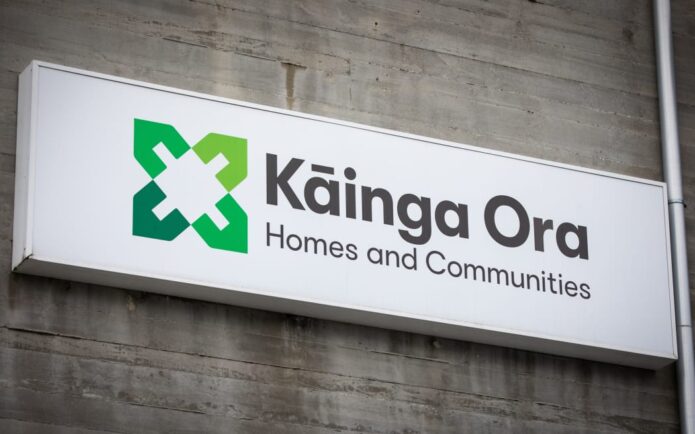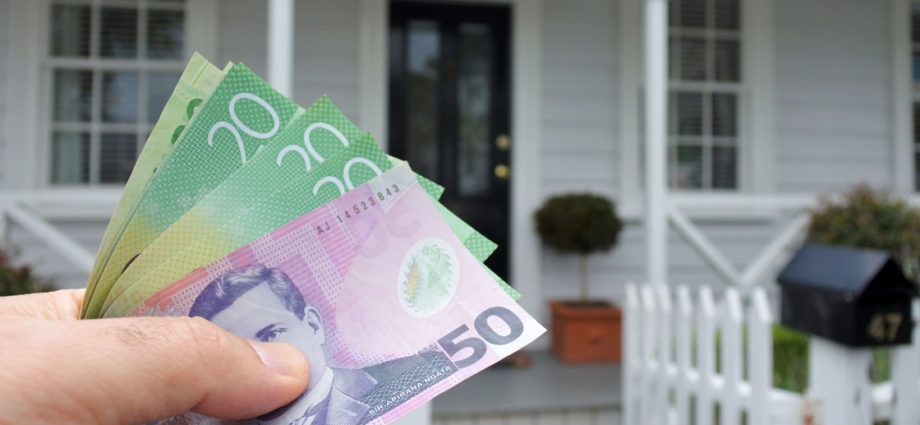PHOTO: CoreLogic property report
A new property report shows the “astonishing and surprising” extent of New Zealand’s 2020 property boom – so who will be getting the biggest equity increases for Christmas?
The CoreLogic Best of the Best review reveals what happened in the market this year and forecasts what could happen in 2021.
2020: What actually happened this year?
The latest data confirms the post-COVID rebound across most of the country, with suburbs around all of the main centres seeing strong gains.
“This time last year we speculated that 2020 could be the ‘year of the investor’, and although the circumstances have been very different to what we or anybody else envisaged, that call has proved to be pretty accurate,” CoreLogic senior property economist Kelvin Davidson says.
Pre-lockdown, there were signs that sales activity and prices were strengthening. Then, as COVID-19 hit, the Government injected a huge amount of money into the economy while the Reserve Bank also engaged in quantitative easing and removed loan to value ratio (LVR) rules and banks offered mortgage payment deferrals. These helped businesses and households negotiate the main crisis, however the strong post-lockdown rebound in the housing market was still unanticipated.
“That growth certainly didn’t seem likely back in April and May, when sales activity collapsed and prices were looking fragile. In fact, the property upswing has been so swift that the political pressure has already ramped up to levels that would have taken far longer to get to in previous cycles. The Reserve Bank has not escaped scrutiny either,” Davidson says.
Mortgaged investors’ market share has continued to rise in recent months (27 percent in October), due to the removal of the LVRs, low returns on savings in the bank, and also how cheap it is to borrow to buy property. But first home buyers have also been very active, with their share of purchases hitting 25 percent in Q3, a record high.
“In terms of the actual sales numbers, then, it’s remarkable to think that, despite the lack of listings and the ban on activity in lockdown, the total volume of transactions this year is on track to be about 85,000 to 90,000, the same as 2019 and similar to the long- term average,” Davidson says.
“Meanwhile, the rise in average property values for 2020 as a whole could be in the vicinity of 9 to 10 percent – pretty remarkable when measured against some forecasts made during lockdown that prices could fall by 15 to 20 percent.”
The big winners
Auckland now has 117 suburbs with a median property value of at least $1m, while Mount Maunganui’s rise (to $1.01m) means that Tauranga joins the $1m+ club too. Wellington has 12 $1m+ suburbs; Christchurch four.
The property market heat is showing through beyond the main centres. In fact, all of the top four suburbs for median value growth over the past year are in Gisborne.
- The greatest 12-month change in median values was in Outer Kaiti, Gisborne which saw a 39.7 percent increase
- The greatest five-year change in median values was in Kawerau which saw a 200.7 percent rise
- The suburb with the highest median value is Herne Bay in Auckland with a price of $2,681,650
- The highest gross rental yield was in Runanga, Grey, with 10.3 percent return
READ MORE VIA NEWSHUB















